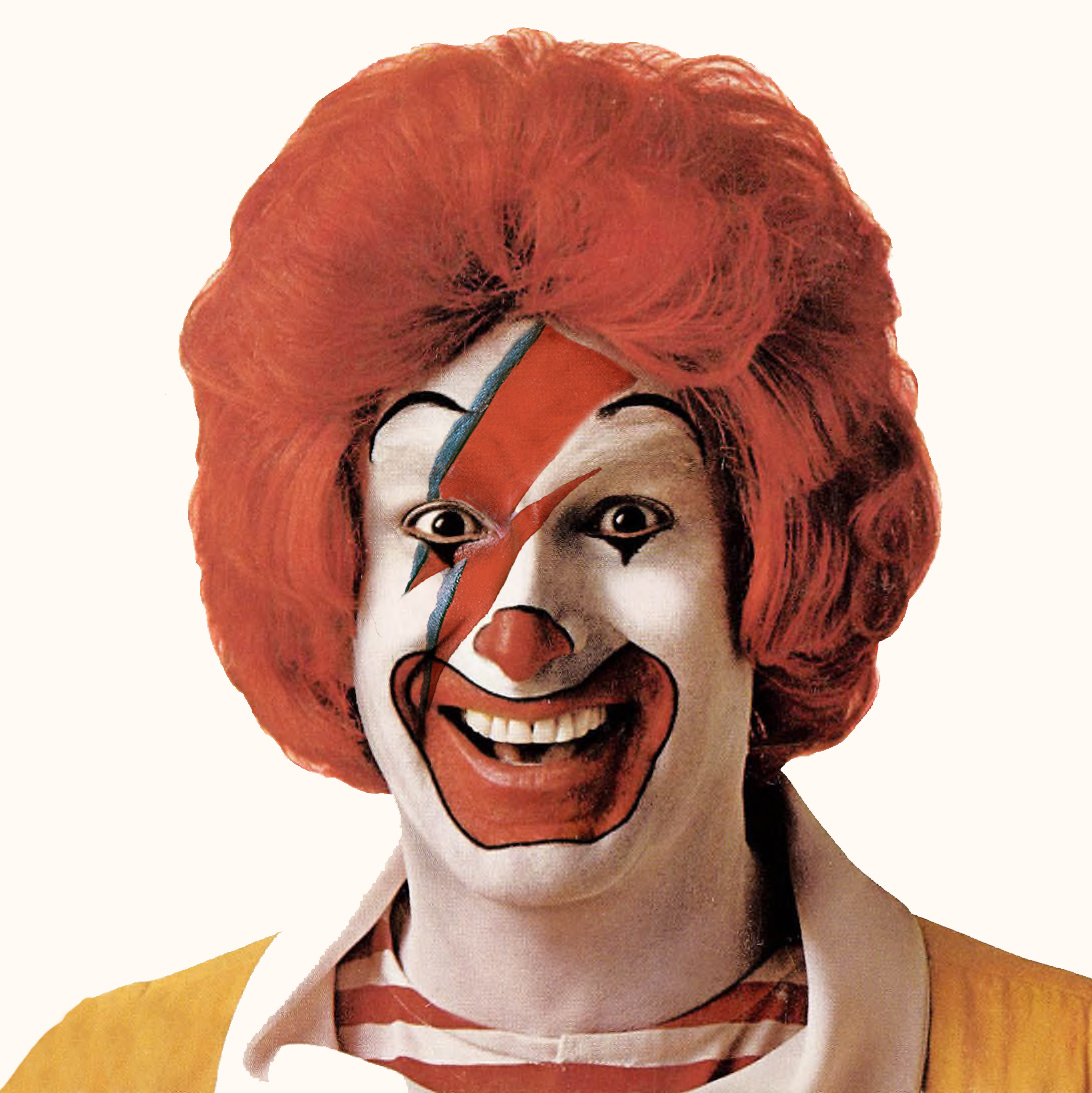From the article: OLED and MicroLED are the future
Now if I could just a “dumb” TV that doesn’t have a bunch of built in apps, which apparently is now a huge ask. I just want my TV to display whatever HDMI port is currently selected. Not nag me about connecting it to WiFi every time I turn it on.
But then how would they get that sweet sweet metric data they can resell? Think of the megacorps!
I have been reading about MicroLEDs for years now, never bought any OLED because of the burn-in. I’m curious when MicroLEDs will actually hit the mass-market and at what price-point and also how they will scale for smaller screens.
I’ve had my QD-OLED for a little while now and it has had quite a bit of static images on it without any trouble. From what I read before I bought it, OLEDs in general really don’t have a burn-in issue like the early models did.
From what I can tell they’re better than even plasma was at the end. And you’d have trouble actively trying to get permanent burn in on some later model plasmas. I used to service TVs and appliances. In most cases outside of using a plasma display for digital signage, I’d be able to run a swiping pattern for a little bit to get rid of the image retention. The only exception I really had for a plasma that was used in a residence was an older couple who didn’t have a widescreen source and only watched shows in 4:3 aspect ratio. They finally got the HD channels from their TV provider and realized they had the bars on the sides burned in (really the screen aged unevenly).
wow, this whole comments thread is just like reddit. love it, keep the faith ya’ll!!
Fair enough. LCD is very old technology at this point, dating back to the 1960s.
Of course, LEDs aren’t exactly new either, but microscopic LEDs bright enough to be used as pixels certainly are.
I’d love to have an OLED tv. I just need a good reason to get one. The tv I have now works just fine (unfortunately).
I, too, won’t replace something until it dies. Even if an upgrade is long overdue.
LCD TVs can still improve via faster refresh rates, strolling backlights, and smaller local dimming zones. If the last part can be made small enough, then it would be very hard to tell the difference between an LCD screen and a emissive display. These facts shouldn’t be ignored by display companies.
The problem is that we are reaching a point where it is cheaper to achieve the same or better results with OLED or microLED than by dumping even more money into improving LCD.
We are already at a point where OLED provides a straight up better value than LCD in higher end price brackets as long as peak brightness is not your #1 priority.
I’m going to have see a display that truly solves the burn-in problem before making that proclamation.
Man I’m still rocking my Samsung plasma TV from 2011. No need to heat the house with the amount that TV gives off but still works great.
I have an old Viera 50 inch Plasma, it chews like 240W while running but has not skipped a beat in the 13 years we’ve had it







